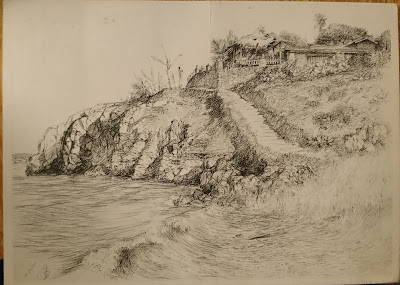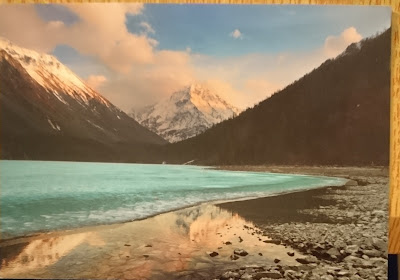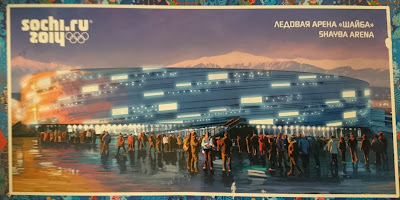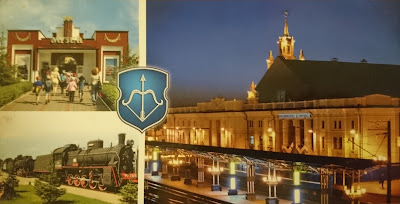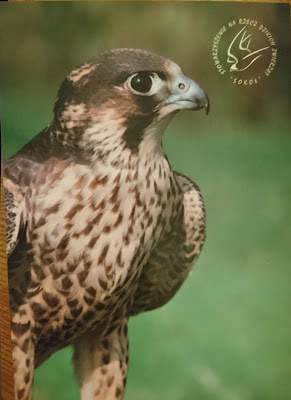Thanks to asia for the nice card sent 11.04.2013
The Chronicle of the Peregrine Falcon in Poland
(source http://www.peregrinus.pl/en/peregrine-falcon/157-peregrine-story-in-poland)
At the beginning of the 20th century, the Peregrine Falcon was a common species on the entire territory of Poland, although not abundant. It could be found most frequently in the area of Warmia and Mazury (North-eastern Poland). The literature about the Peregrine Falcon’s presence in pre-war Poland is scarce and so is the information about the species after World War II. At that time, Poland was in the middle of the region of the tree-nesting population, which extended from the North-eastern Germany to the lowlands of Belarus and Russia.
Rapid decline of the population was recorded in the 1950s. Nests of the Peregrine Falcon on the territory of Poland were last seen in 1964 in the vicinity of Krakow and also near Koszalin and Wroclaw.
The first attempts at breeding the Peregrine Falcon in captivity were started by the Polish falconers in the late 1970s and the first positive results were achieved in mid-1980s. In the beginning of 1970s, when the Polish falconry was revived, the Peregrine Falcon was already extinct on the territory of Poland. Because of this, all birds involved in breeding at that time originated from the West-European breeding centres. They represented nominative sub-species of the Peregrine Falcon with their ancestors coming from the German, Scottish and Scandinavian populations.
Reintroduction in the wild began in the year 1990 and it was carried out mostly in the forested areas, mainly in the mountains (Pieniny) and in large cities (Warszawa, Krakow). Currently the work is coordinated by the Peregrine Falcon (Falco peregrinus peregrinus) Reintroduction Council in Poland. In the breeding activities, 5 breeding centres and several associated institutions are engaged, under the supervision of the Ministry of Environment.
During the period 1990 – 2006, about 300 Peregrine Falcons have been reintroduced in the natural habitat and about 80 nestlings have hatched in the wild. Since about mid-90’s, the Peregrine Falcon can be seen more often in its natural environment.
In 1998, the first wild nest of the Peregrine Falcon was found in Warsaw and since then the number of known wild nests has increased. In the year 2005 we were aware of 10 breeding pairs and the majority of them came from our reintroduction. We also know about several birds, reintroduced or born in their natural habitat in Poland, establishing their nests in Germany. We expect similar number of breeding pairs in forests, however we were not able to locate them so far.
A total of 350 Peregrines were released in Polish forest in the period 1990 – 2009. The tree-nesting part of the project was not as successful, as the similar project conducted in Germany, what was discussed at the 2nd International Peregrine Conference Poland 2007. Since 1999 Peregrines breed in Polish cities and mountains only.
In 2010 Society for Wild Animals “Falcon” started Polish Peregrine Project on a new basis. The plan was to intensify reintroduction aimed at tree-nesting population on a small number of hacking stations. A total of 56 Peregrines were released in three hacking sites in 2010. The birds came from breeders form Poland, Denmark, Germany, Czech and Slovak Republics and Austria. In 2011 closer cooperation with German Falconers Club /DFO/was started and DFO members and the breeding station run by prof. Christian Saar in Hamburg will provide Peregrines for the release in Poland. A total of 66 young Peregrines were released in Poland in 2011. The birds came from falconers of DFO and breeders in Poland, Denmark, Czech and Slovak Republics.
A long expected in Poland nest of Peregrines on tree was found in spring 2012 in the old nest of White-tailed See-eagle (Haliaeetus albicilla) in north-east part of country. For the first time since 1964 Peregrine chicks on tree were ringed in Poland. That was a very symbolic moment. Two chicks were male and female. They were ringed by Slawomir Sielicki from Society for Wild Animals “Falcon” in presence of Adam Mrugasiewicz - who ringed last known Polish tree-nesting Peregrines 48 years ago, Piotr Adamiok , who found this nest, our friends from German Falconers Order (DFO), Polish falconers and local hosts, foresters and ornithologists. In previous years only single birds from Poland nested on trees in Germany, there is also one confirmed case of nesting on tree in Poland in 2010, but after the fledging.
In 2012 further reintroductions were conducted, with a total of 71 Peregrine released by Falcon Society in our 4 reintroduction sites and additional 4 chicks (2 provided by Falcon Society) in Krynki Forestry, making a total of 75 Peregrines relesed in Polish forests. With 2 chics born wild 77 young Pregrines soared this year in Polish forests.

Stamps for left to right
- 2007 - The Stanislaw Wyspianski's Year.
Country:
Poland
Themes:
Painters
Issued on:
2007-05-18
Country:
Poland
Series:
Capital Cities of EU States
Themes:
European Union | Townscapes / City Views
Issued on:
2008-10-24
